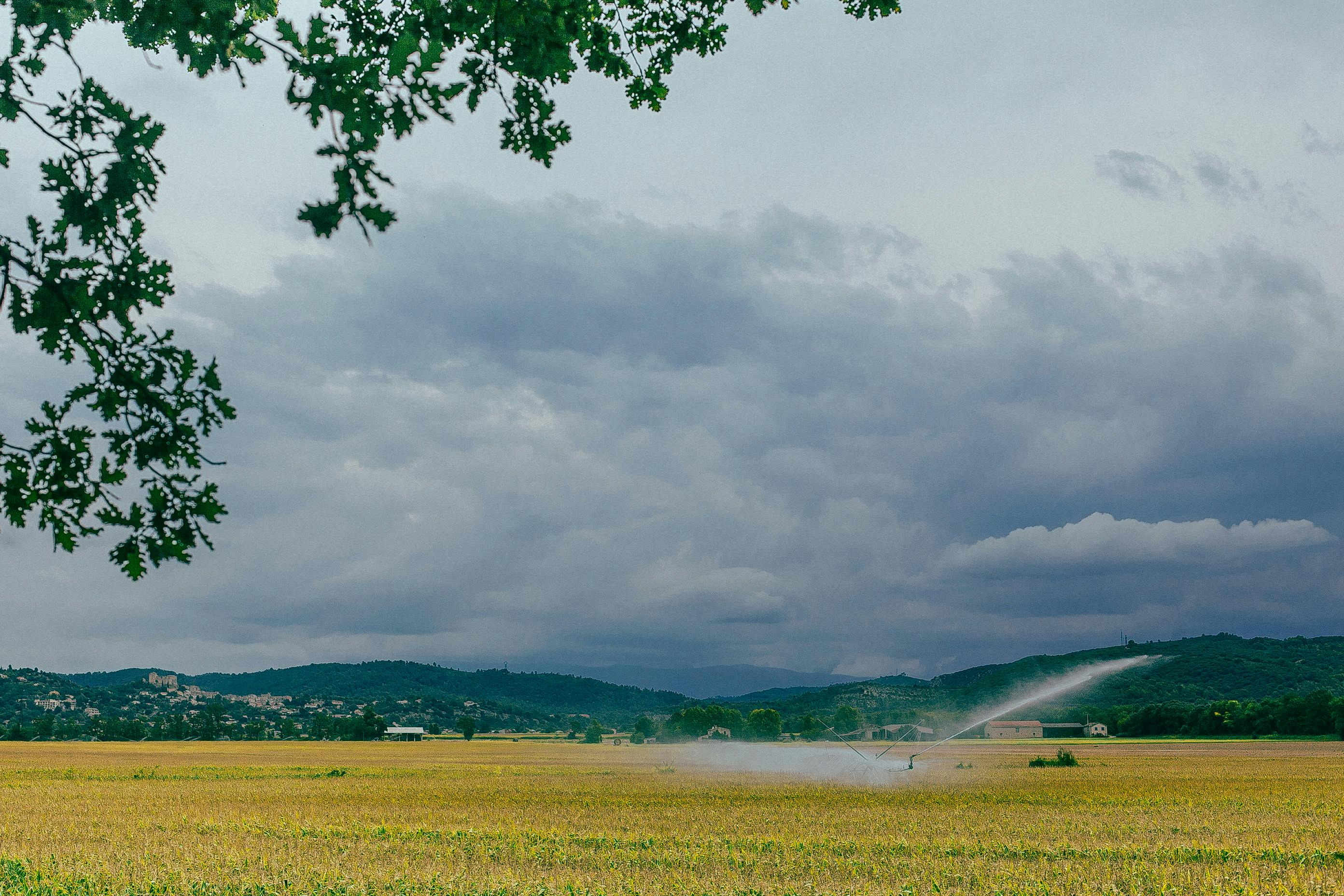I’ve had quite a few conversations this past month with people about parrot behavior. Why do they do what they do anyway? In the most basic sense, it all comes down to one thing: Instinct. Okay, so what exactly is that? Technically, they are innate behavior patterns and responses to stimuli (including reflexes). Kind of boring that sounds isn’t it? But that’s why parrots do certain things.
Whether parrots are in the rainforest, on the plains, or in your living room, they have the SAME instincts. The parrot instinct is a hard-wired behavior that we must learn to work WITH, not against. Working with parrots and understanding their instincts will help you develop the mutual trust that is necessary for a good relationship with your parrot.
Instinctive behavior is not the same as learned behavior. For example, parrots have certain calls to communicate, however, they learn to scream to get attention. Parrots are master manipulators when it comes to learned behaviors, they respond to your actions and emotions and can easily figure out how to “push your buttons” but I’ll stick to the basics in this article.
prey vs predator
The most important thing to remember when interacting with parrots is that they are PREY animals. Dogs and cats are PREDATORS. Parrots are always looking for something that can eat them. This prey mentality is to keep them alive. Predators are fast, parrots must be faster to live.
That’s why their eyes are positioned on the sides of their head and their neck can rotate so they can see almost 360 degrees around them. It is the same reason why fast movements tend to scare them or put them on guard. (Could be a hawk coming for lunch!)
Here are some common behaviors and the underlying instincts of parrots:
fight or flight
You’ve probably heard of fight or flight before, it’s never been truer for parrots. I’m sure they’d rather run from danger, but they can, and will, be nasty when flying isn’t an option. When parrots sense danger, the first response is to run away. Alex, my African gray is a good example of this. I call it the “fly first, ask questions later” behavior. If something sets it off, it’s off and flying. If he is cornered, he will actually growl or strike a showy pose.
April, my umbrella cockatoo, has a slightly different strategy. She also flies when she feels threatened, but she does so as she screams at the top of her lungs to warn the other herd members of her. If she is cornered, her first response is to “pluck” all her feathers and open her wings and tail fully. This is to make her look much bigger and more intimidating. She will then rock back and forth hissing loudly. Ok, it works. Don’t mess with her now.
Being wary of predators is also why parrots prefer high places. A curtain rod or the top of the cage, among others, make their favorite corners. This way, they are in a better position to spot potential predators. If you had to worry about being someone’s lunch, you’d want to see them come first to get out of the way.
flocked
Parrots need interaction with a flock. The flock in our homes is made up of other birds, humans, or a little of both. Parrots are social animals and rely on each other for survival. One bird can alert hundreds of danger. And the massive movement of a flock of birds taking flight confused predators, etc.
In our homes, parrots need the attention of their human flock. If they don’t get it, they’ll find ways to get it that aren’t particularly nice to us humans. Parrots will become solitary, self-destructive, and can develop behavioral problems if not given enough attention. They NEED to be talked to, played with and interact with other members of their “flock”.
Parrots are very “attuned” to their flock. It’s true, if you have a lot of energy, are in a bad mood, or are sick and not feeling well, your parrot companion will interact with you in different ways depending on what he “senses.” Some say they are almost physical.
flying
Flying is THE most natural behavior of a bird. It’s hard to imagine how many pet birds never really fly. Even if a bird is clipped, it can still fly to some extent. Flying VERY important for the physical and mental health of parrots. Parrots need exercise – that’s what their bodies were designed for! Parrots that fly are usually safer and more comfortable. I won’t get into clipping or not clipping safety here, but I switched sides years ago and will never clip a bird’s wings again. That is my personal opinion.
By seeing the world a little more through the eyes of a parrot, it’s easier to understand where you can make some small changes in your own behavior and enjoy a better relationship with your bird. Remember: TRUST is the key! When there is mutual trust, both of you can relax a bit and enjoy each other’s company more.
